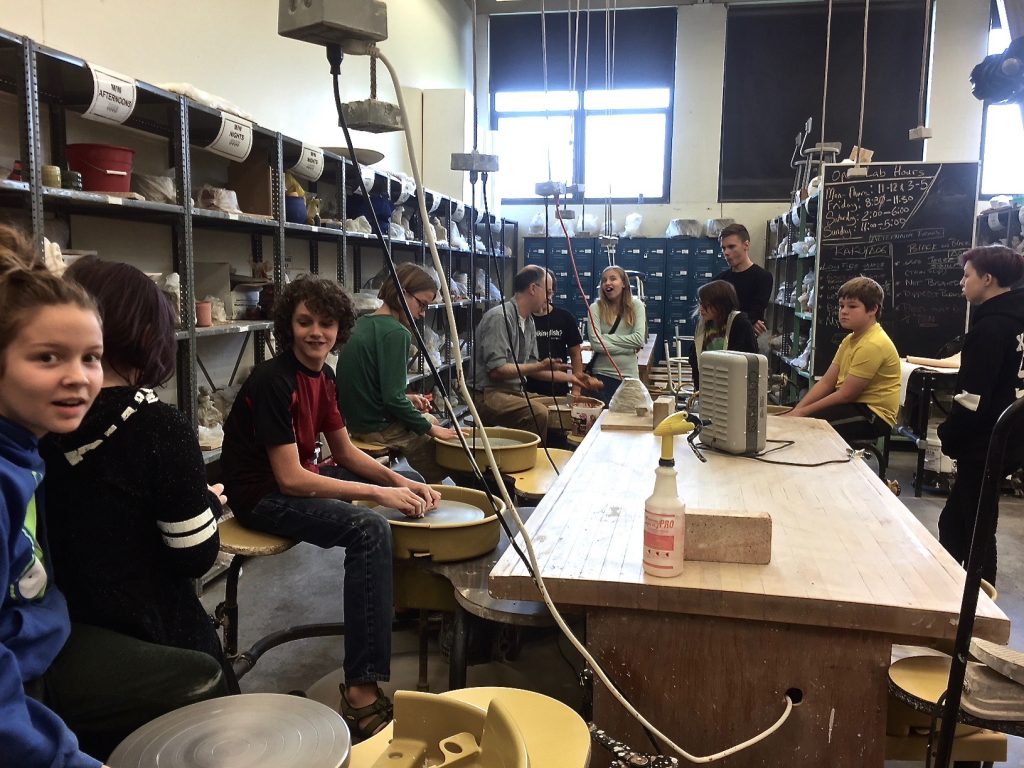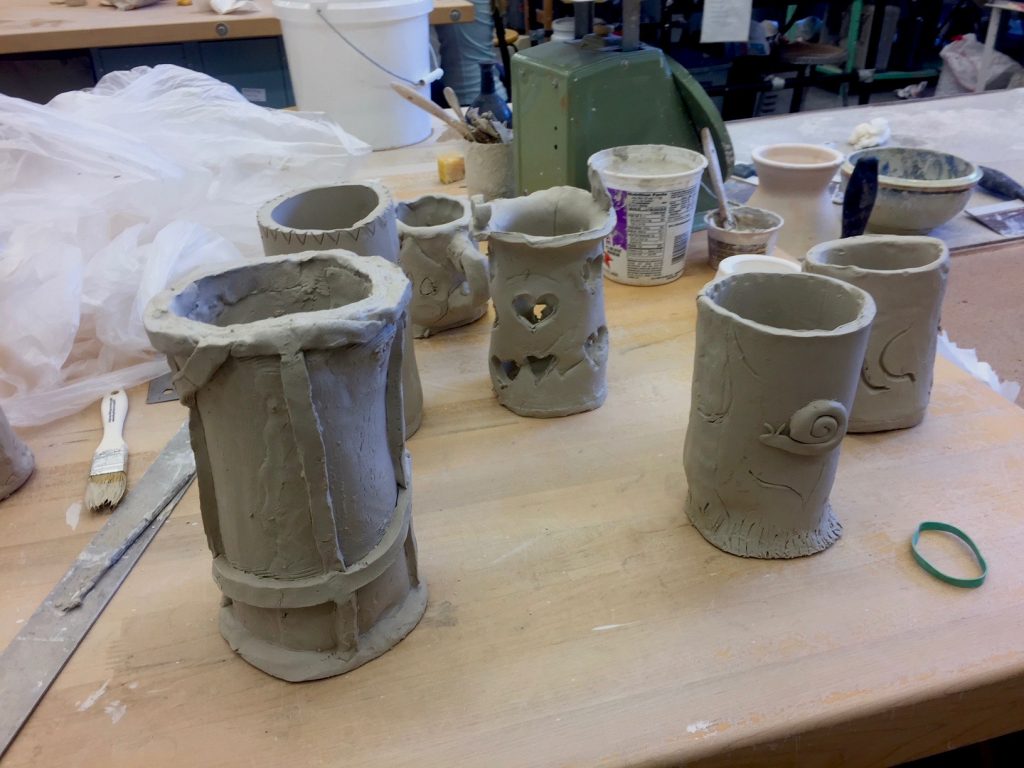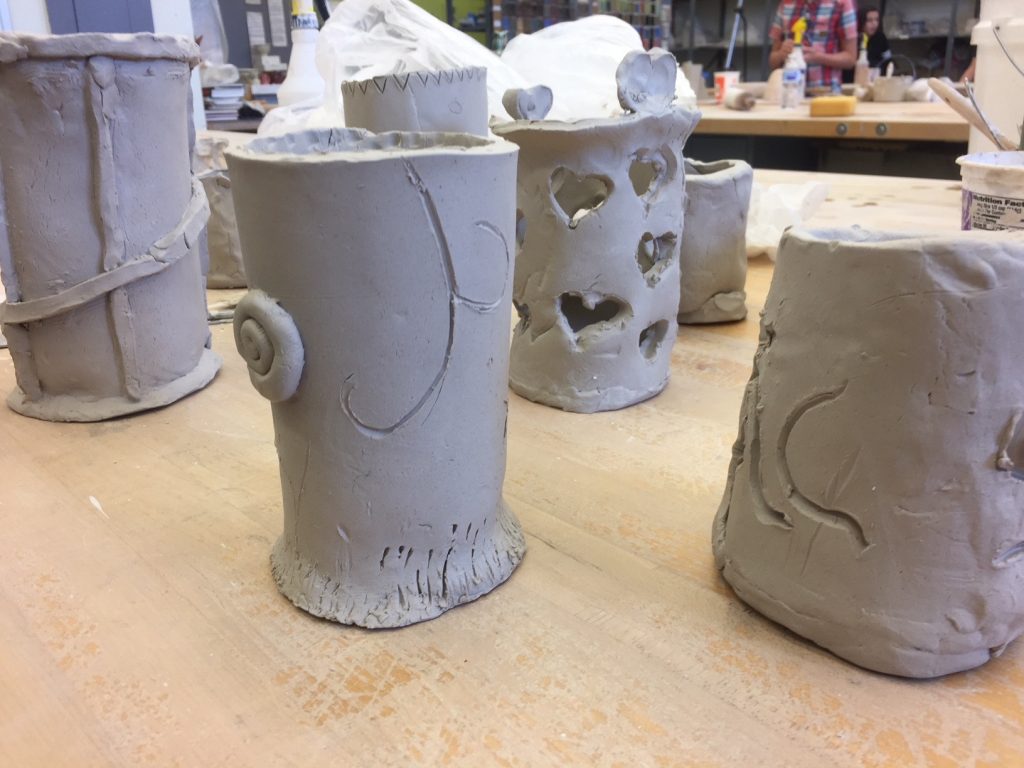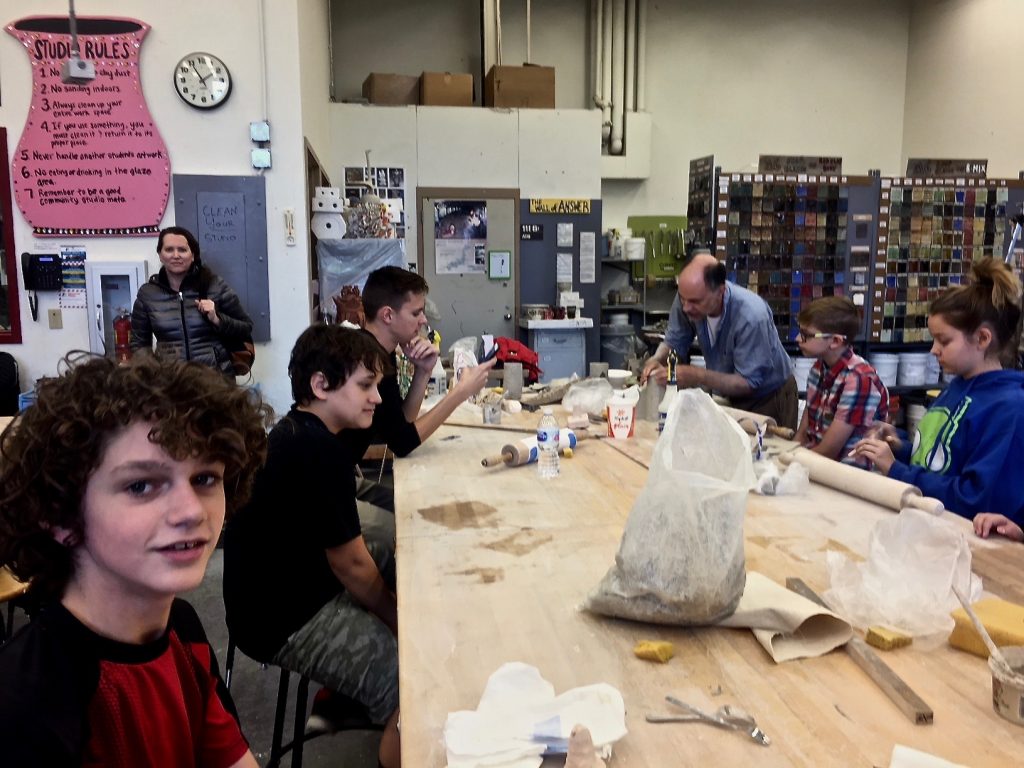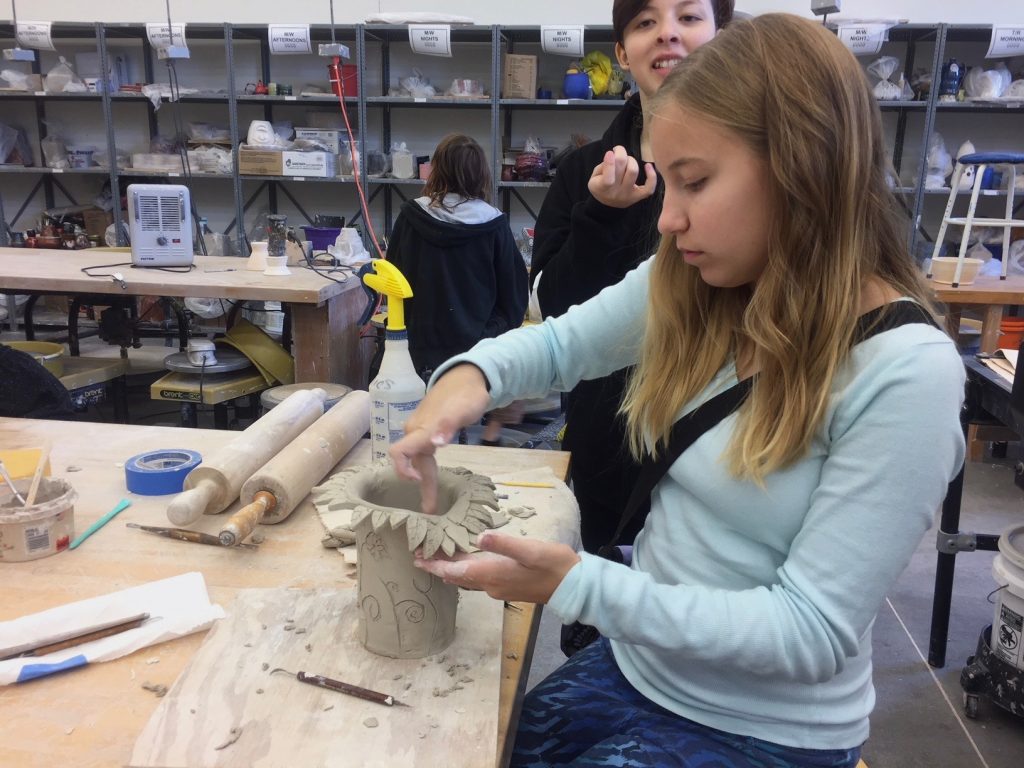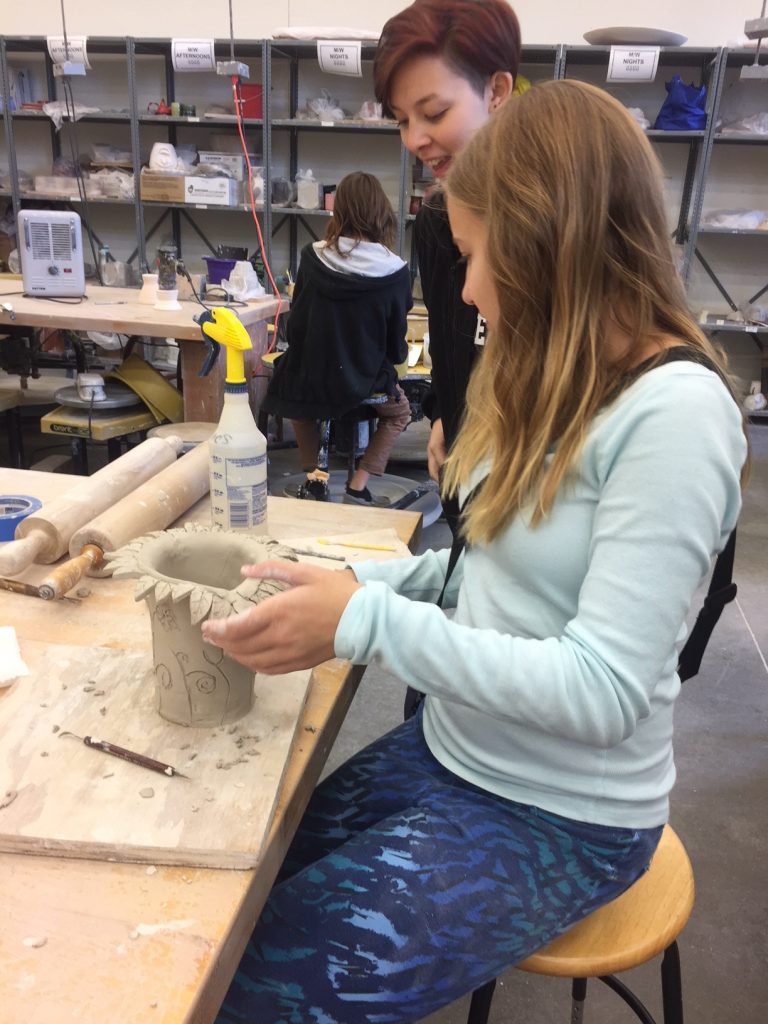I have to admit, this was a hectic, stressful move. The timeframe, the time of year, and …well…just the TIMING. But it’s slowly coming together. Here’s a small glimpse into the last month of transitioning from ATB to the new FADS building.



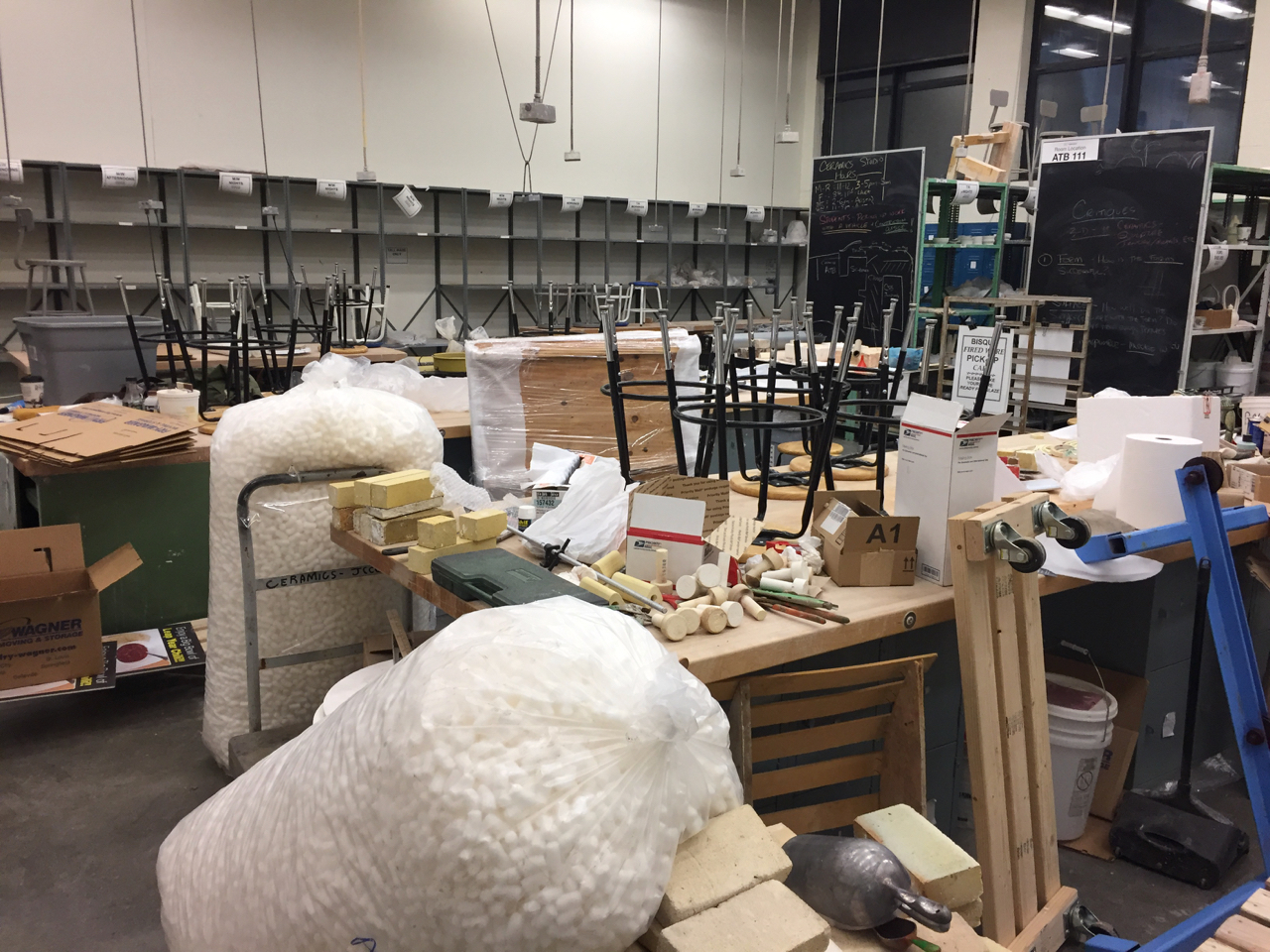



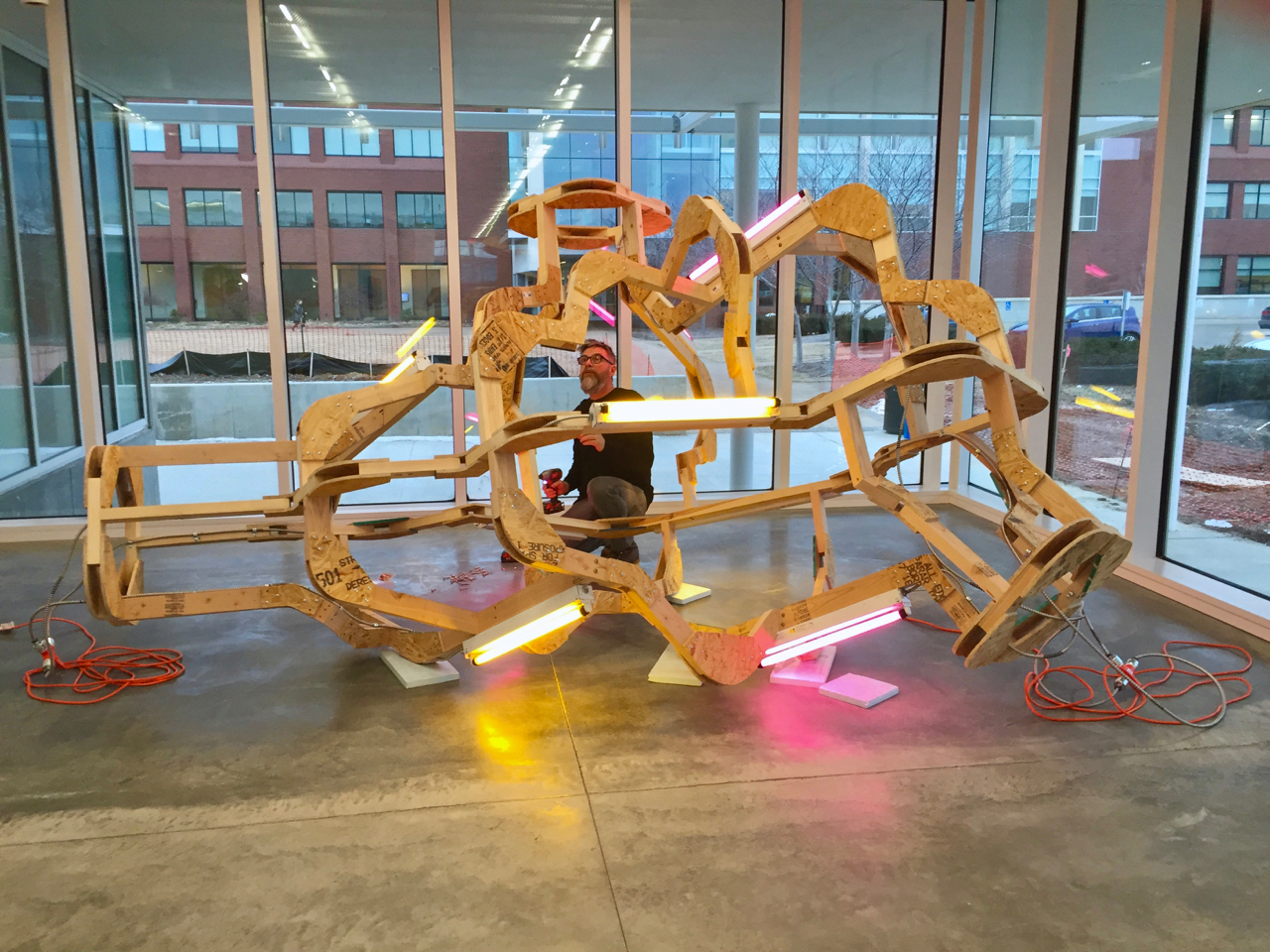
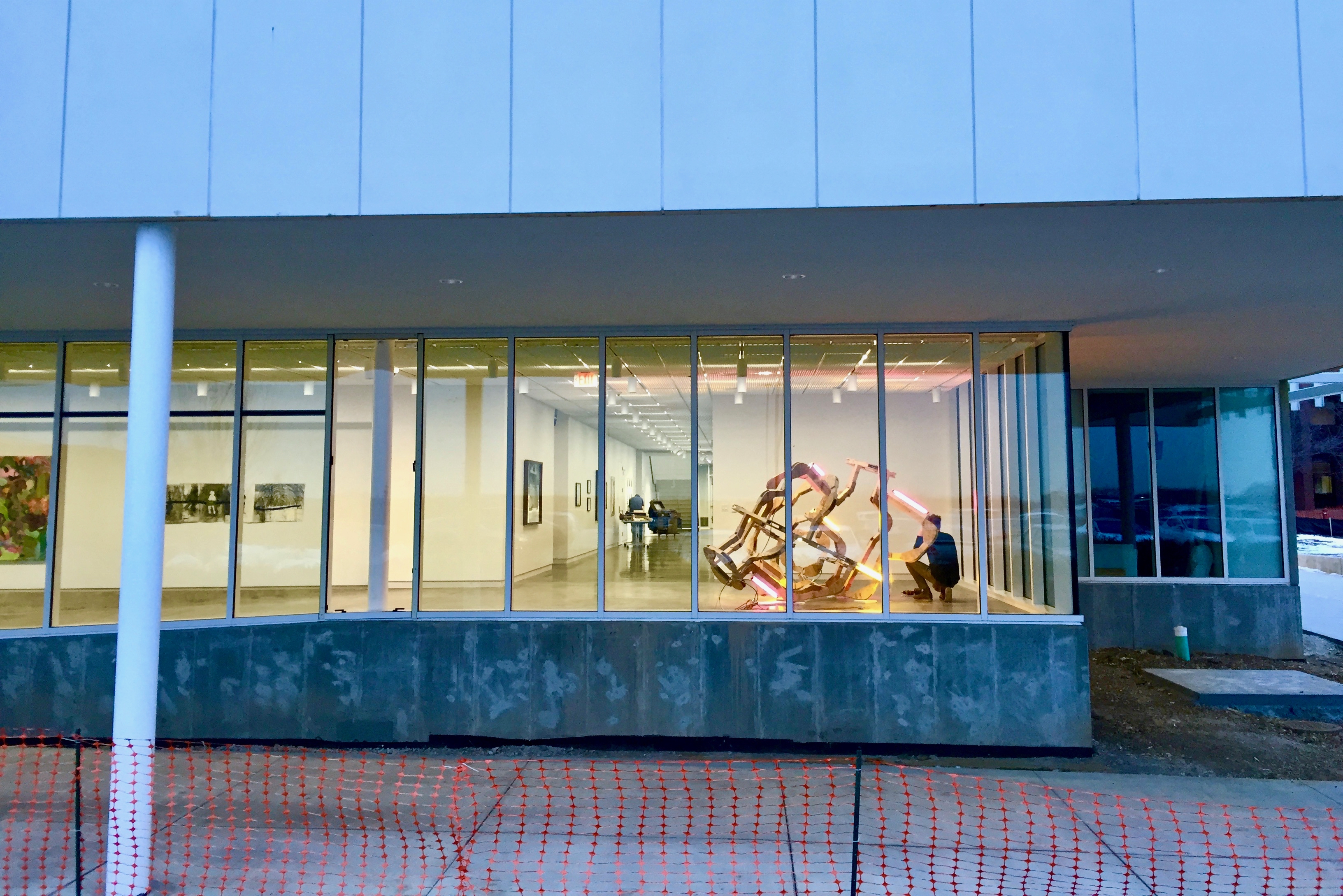

I have to admit, this was a hectic, stressful move. The timeframe, the time of year, and …well…just the TIMING. But it’s slowly coming together. Here’s a small glimpse into the last month of transitioning from ATB to the new FADS building.










Raku (楽焼 raku-yaki) is a Japanese term that refers to a 16th century technique and philosophy of ceramics and firing that became an integral part of the Japanese Tea Ceremony during that time. It encompasses the idea of cherishing the “imperfect”, or as it is referred to in Japan, Wabi-sabi (侘寂). Tea Bowls, or “chawan” were low fire glazed, quickly fired (as opposed to a typical firing), and “pulled” from the kiln while still hot. They would be allowed to cool rapidly in the air, which resulted in unpredictable, “Wabi-Sabi” glaze results… in the 1950’s, a then young Paul Soldner, American potter, began to introduce an “American method” of Raku, keeping the Wabi-sabi philosophy but creating more vivid and colorful glazes than those which had been used traditionally in Japan. Pieces would be “smoked” or “oxygen reduced” or simply, “reduced” after being pulled, to create the wildly unpredictable and striking metallic colors that we see in much of the raku pieces today. -l. gascogne
Pics/ video by l. gascogne
If the video does not play, Try THIS:
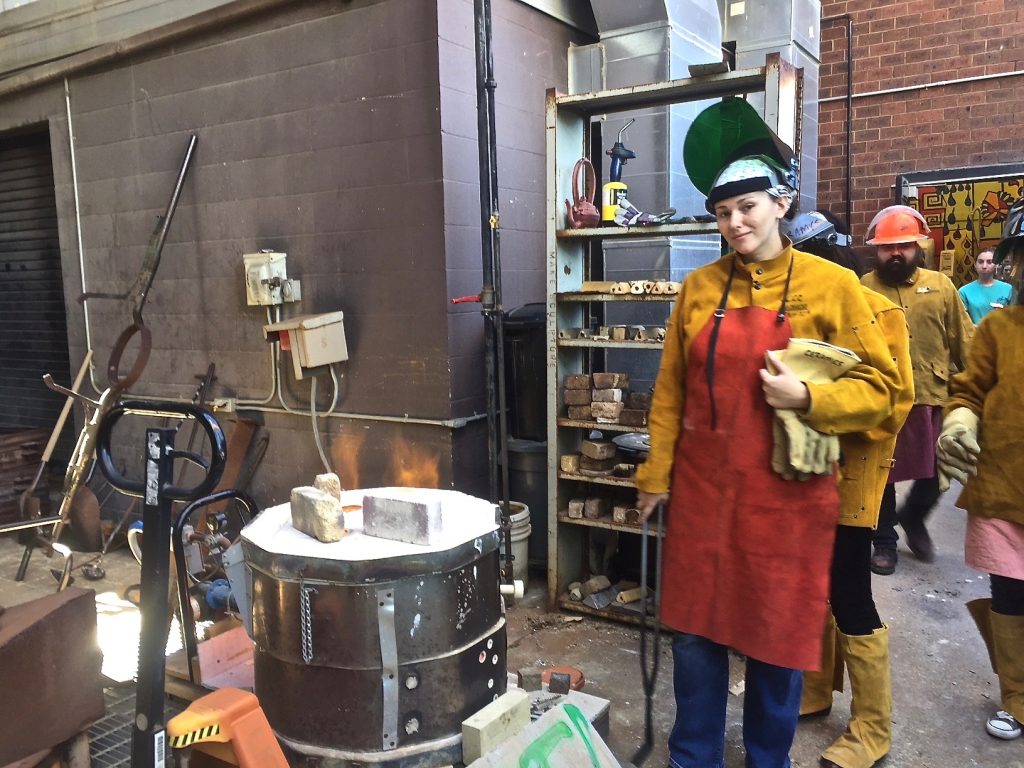
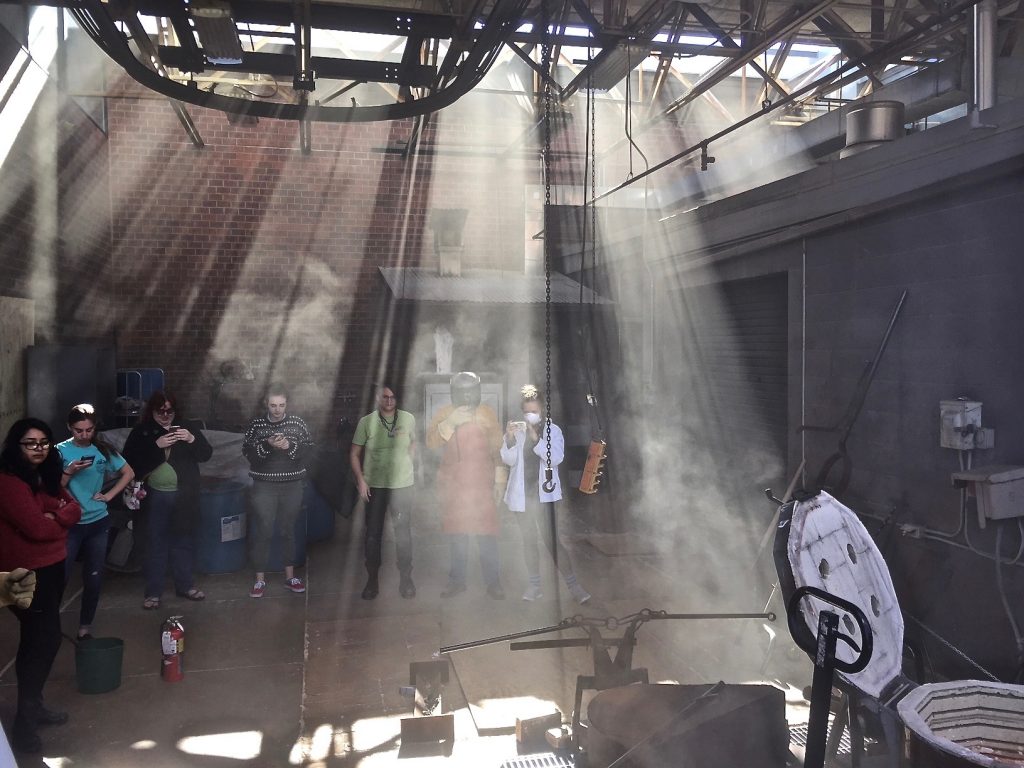
Raku (楽焼 raku-yaki) is a Japanese term that refers to a 16th century technique and philosophy of ceramics and firing that became an integral part of the Japanese Tea Ceremony during that time. It encompasses the idea of cherishing the “imperfect”, or as it is referred to in Japan, Wabi-sabi (侘寂). Tea Bowls, or “chawan” were low fire glazed, quickly fired (as opposed to a typical firing), and “pulled” from the kiln while still hot. They would be allowed to cool rapidly in the air, which resulted in unpredictable, “Wabi-Sabi” glaze results… in the 1950’s, a then young Paul Soldner, American potter, began to introduce an “American method” of Raku, keeping the Wabi-sabi philosophy but creating more vivid and colorful glazes than those which had been used traditionally in Japan. Pieces would be “smoked” or “oxygen reduced” or simply, “reduced” after being pulled, to create the wildly unpredictable and striking metallic colors that we see in much of the raku pieces today. -l. gascogne
Pics/ video by l. gascogne


We had our first Kids class in partnership with the Nerman Museum of Contemporary Art here on campus!
This is a short “pilot” class to see how things would go. So far, they have gone great! The kids made Yunomi (a Japanese word) cups–a type of cup, taller than it is wide. Next week we will apply surfaces to the cups! The pieces were very diverse and interesting. The kids had a great time!
